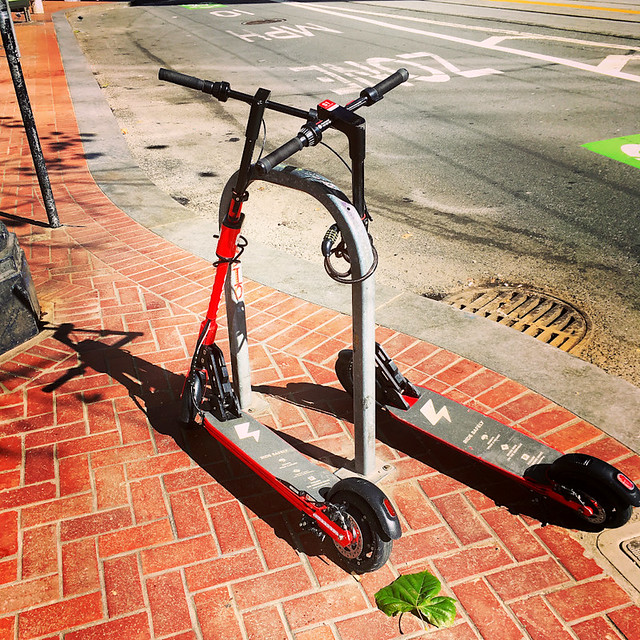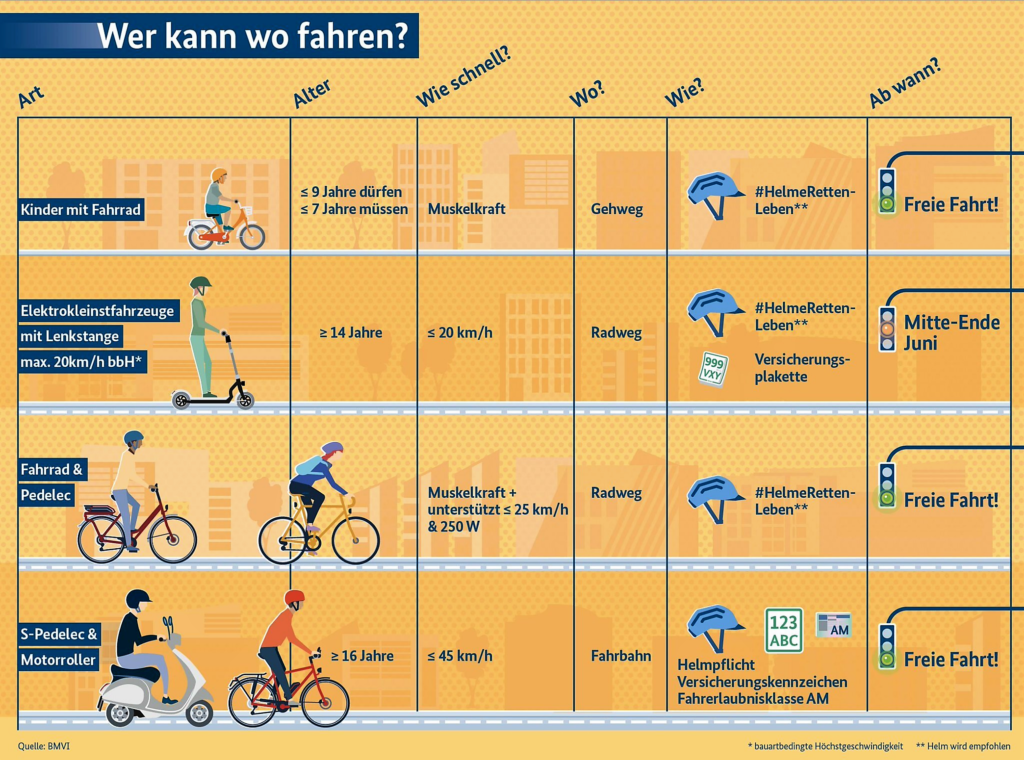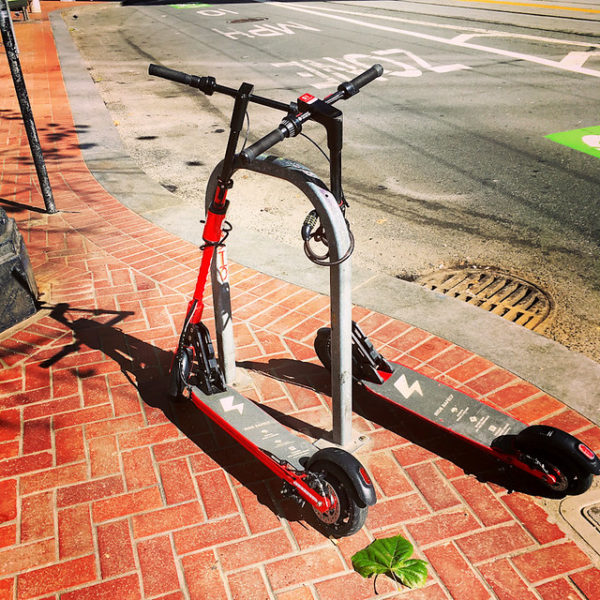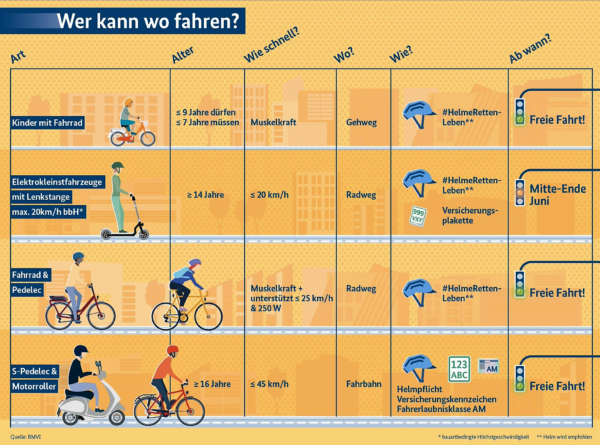The debate about the benefits and disadvantages of e-scooters is extensive. Especially young people are the most interested in these vehicles of auto balance, since undoubtedly you can get full enjoyment of it, but that in no way can be considered a toy.
Perspective Color of Roses
To start with a positive outlook on them, we can say:
- It contributes to the care of the environment: It does not use fuels for its functioning, therefore it is a means of mobility that promotes the reduction of CO2.
- It does not produce acoustic pollution. We know how important it is for some cities to reduce the impact of noise, since the exhausting noise is a factor that produces stress, affecting the health of citizens in large cities.
- It is comfortable. The e-scooter has a compact design and in some cases further simplifies things by folding to half its size with one click, making it perfect for trains or stowing away in your home or office.
A rose-colored perspective but with a hint of reality
While the wave of popularity of e-scooter continues to grow on European soil, the truth is that some cities are still refusing to approve a law enabling their circulation on the public ‘highway’.
The French capital has presented the e-scooter as one of the most popular means of mobility in the last year, but is currently living a critical situation due to some irregularities in the use of them. Months ago, the city council of the Parisian capital has foreseen high fines to the users of e-scooter for contraventions that mainly affect pedestrians. On the other hand, the mayoress Anne Hidalgo considers that due to the multiple accidents, that are registered by reason of the e-scooter, the city requires a more rigorous regulatory system. Therefore, it is necessary to limit the speed to 20 km/h (12 mph) across the city and down to just 8 km/h (5 mph) in areas with high pedestrian traffic, forbid parking anywhere and limit the number of shared e-scooter system operators.
On the contrary, last May Germany legalized the circulation of e-scooters on roads and bicycle lanes and strictly banned their use on pavements. Users must be older than 14 years and respect the speed limit of 20 km/h. Therefore, from now on, e-scooter, you are Welcome in Germany.
Only reality
The wide range of mobility options available to different cities, which in itself already represents a positive parameter in sustainability, is interesting. In addition, there is no doubt that among some of the advantages of using the e-scooter we can count practicality in the use and reduction of emissions. The e-scooter gives us the possibility of shared use services, which enable us to rent them easily through an app on our mobile phone.
However, the innumerable incidents occurred in different cities of Europe and America prove that e-scooters pose a certain risk. Therefore, it is totally valid that we, as a society, claim adequate regulations for the use of e-scooters from the government.
In a nutshell, we can clearly enjoy a pleasant trip, if our city did say YES to e-scooters, but must never forget our responsibility as users. Always remember that your enjoyment is not at the expense of others. And is it really desireable to have ‘gangs’ of drunk teenage tourists roaming the streets of cities at night?






